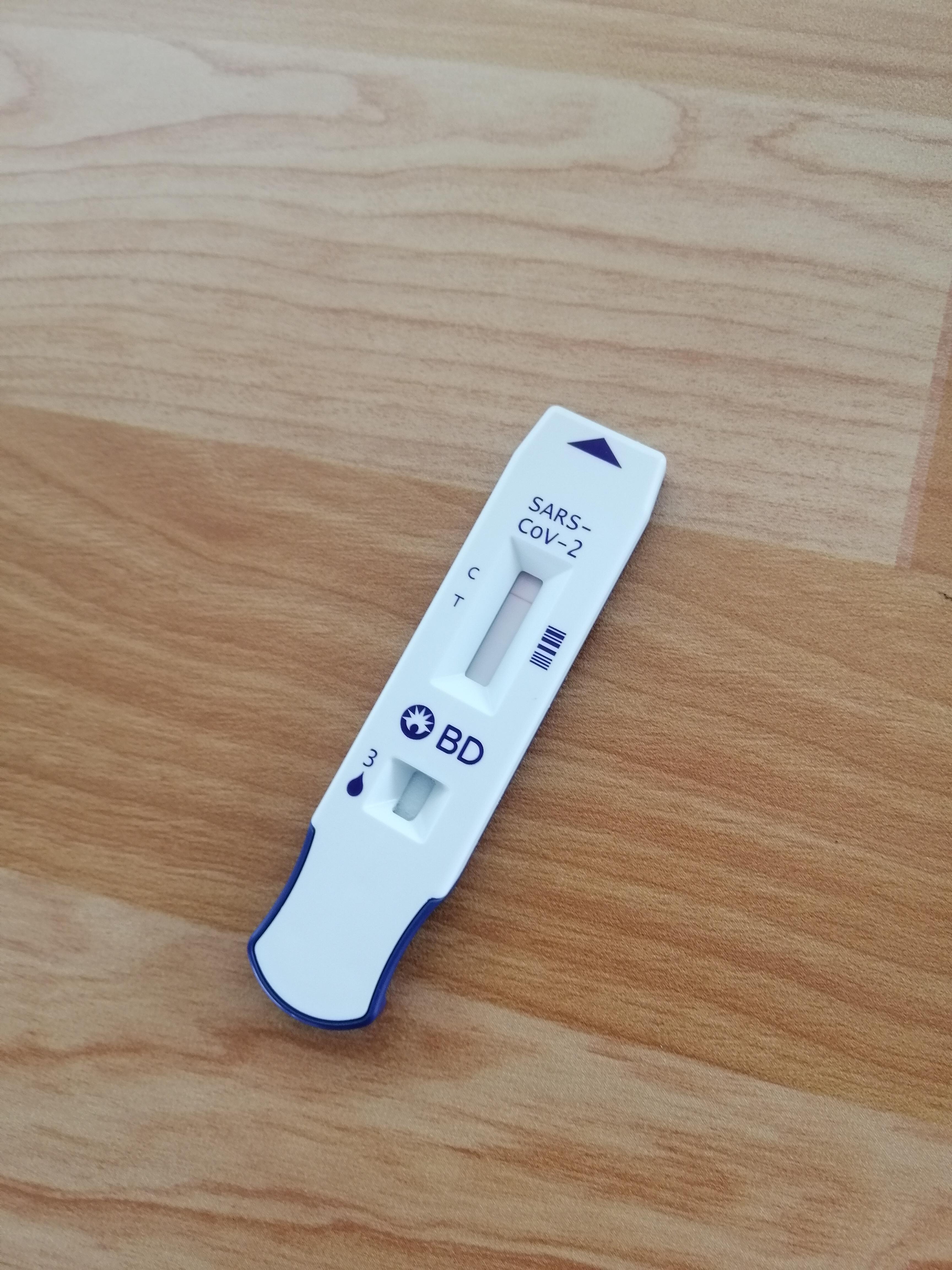
Jimtrade
No personal profile
5Follow
9Followers
0Topic
0Badge
.
Buffett Full Annual Letter:Apple is One of ‘Four Giants’ Driving the Conglomerate’s Value
.
@Thomas Chua:How Warren Buffett Uses Options
.
Sorry, the original content has been removed
Great
Sorry, the original content has been removed
Great article
3 Reasons Not to Worry About a Stock Market Crash
.
Apple Stock: Is It Cheap? Here's a Valuation Analysis.
.
6 Undervalued Tech Stocks That Pay Dividends and Buy Back Their Stock
Go to Tiger App to see more news